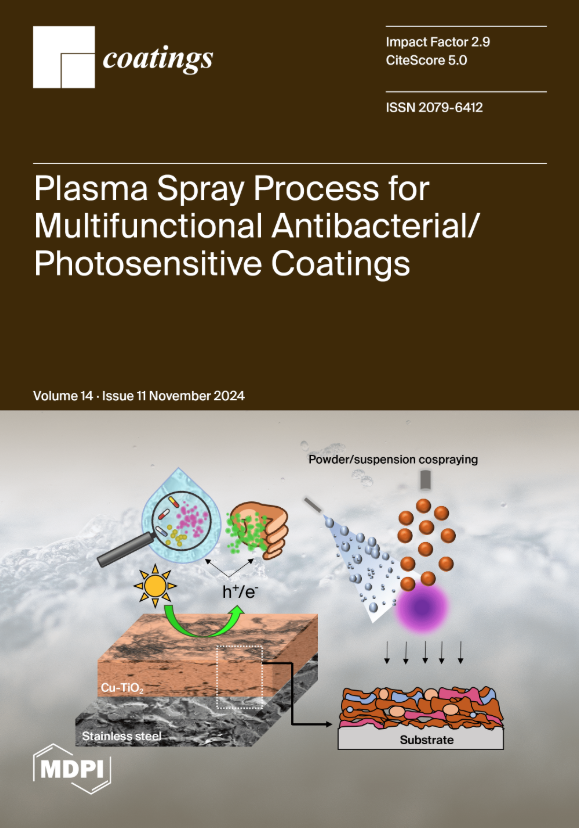利用网状废咖啡胶囊夹层分析沥青混凝土试件的抗弯强度
IF 2.8
3区 材料科学
Q2 MATERIALS SCIENCE, COATINGS & FILMS
引用次数: 0
摘要
沥青混合料可以包括各种回收材料,它们通常可以替代部分粗集料和细集料。在某些情况下,在混合料的制备过程中还会加入一定比例的矿物填料,这种填料由通过 200 号筛网的颗粒组成。随着用作各种产品容器的包装越来越多,其中许多都需要妥善处理,如果没有适当的再利用,就会成为仓库中的环境负担,因此在沥青混合料的可持续改性中加入这些元素是很有潜力的。这项研究建议重新利用难以回收的塑料和铝制咖啡胶囊。大多数研究都是将回收材料粉碎到小于 0.075 毫米的尺寸,然后用于混合料中,而本研究的重点是将废弃胶囊组装成试样内部的细胞网络,并对其进行弯曲试验,以观察沥青混合料的机械性能。研究结果表明,加入胶囊网络可显著提高受检梁的抗弯强度,最高可提高 200%。此外,在试样出现初始裂缝时,变形平均减少了 66%。本文章由计算机程序翻译,如有差异,请以英文原文为准。
Analysis of Flexural Strength in Asphalt Concrete Specimens Using a Net-Shaped Inclusion of Waste Coffee Capsules
Asphalt mixtures can include various recycled materials, which often replace some of the coarse and fine aggregate components. In some cases, a percentage of material called mineral filler, made up of particles that pass through a No. 200-sieve, is also admitted in the preparation of the mixture. With the increasing amount of packaging used as containers for various products, many of which need to be disposed of properly and become an environmental burden in warehouses without proper reuse, there is potential for including these elements in the sustainable modification of asphalt mixtures. This research suggests reusing plastic and aluminum coffee capsules, which are difficult to recycle. While most studies crush recycled materials to sizes smaller than 0.075 mm for use in mixes, this research focuses on assembling the waste capsules into a network of cells inside specimens subjected to bending to observe the mechanical behavior of the asphalt mixture. The findings indicate that incorporating capsule networks can lead to a significant enhancement in the flexural strength of the examined beams, with an increase of up to 200%. Moreover, the deformation is reduced by an average of 66% upon the emergence of the initial crack in the specimen.
求助全文
通过发布文献求助,成功后即可免费获取论文全文。
去求助
来源期刊

Coatings
Materials Science-Surfaces, Coatings and Films
CiteScore
5.00
自引率
11.80%
发文量
1657
审稿时长
1.4 months
期刊介绍:
Coatings is an international, peer-reviewed open access journal of coatings and surface engineering. It publishes reviews, research articles, communications and technical notes. Our aim is to encourage scientists to publish their experimental and theoretical results in as much detail as possible. There is no restriction on the length of the papers. Full experimental and/or methodical details must be provided. There are, in addition, unique features of this journal:
* manuscripts regarding research proposals and research ideas will be particularly welcomed
* electronic files or software regarding the full details of the calculation and experimental procedure - if unable to be published in a normal way - can be deposited as supplementary material
 求助内容:
求助内容: 应助结果提醒方式:
应助结果提醒方式:


